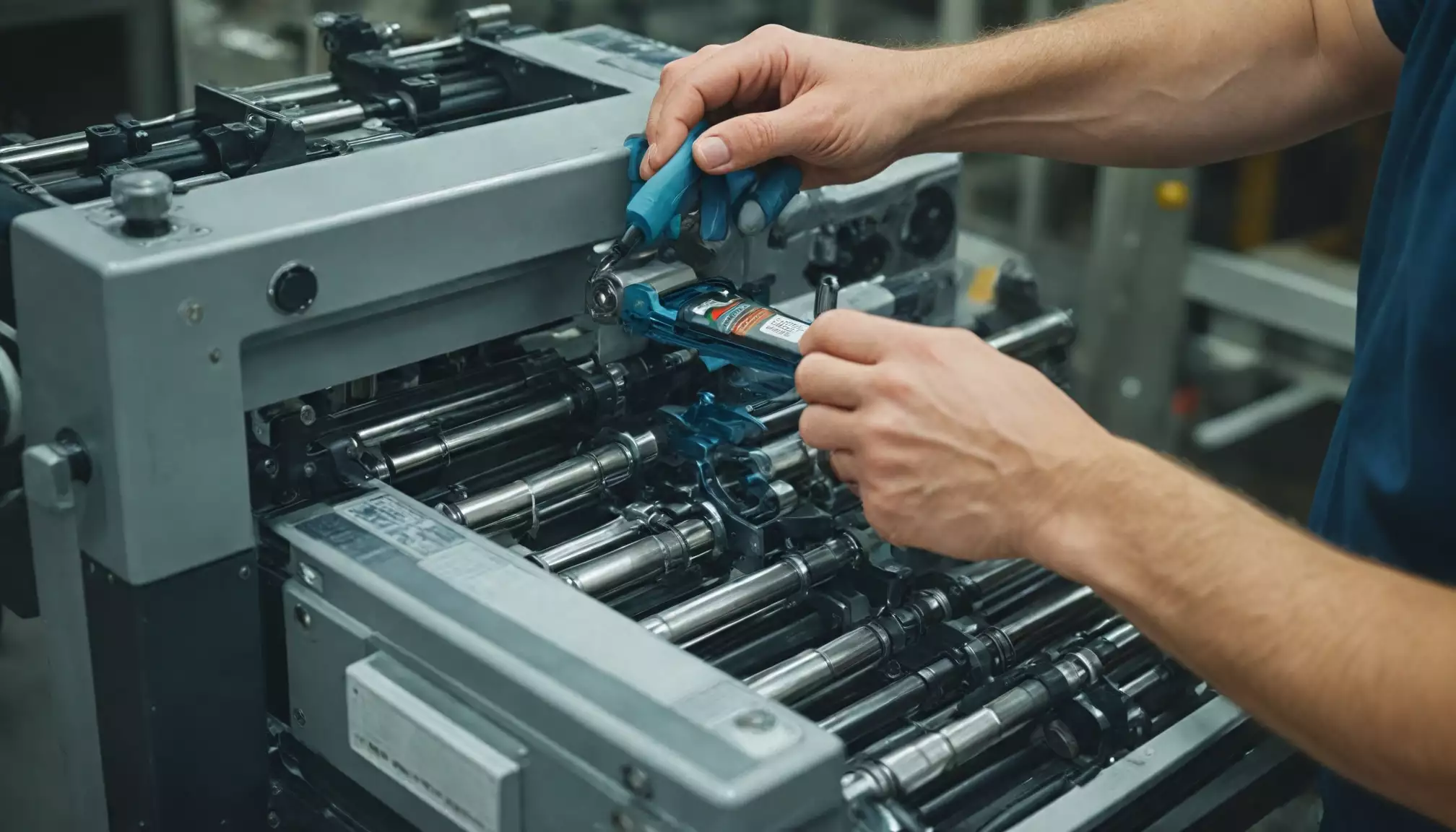Understanding the Importance of Equipment Maintenance for Shrink Sleeve Labels
Maintaining equipment used for applying shrink sleeve labels is crucial to ensure consistent label application and high-quality packaging. Shrink sleeve labels rely on precise machinery operations to fit snugly around containers, providing an appealing and durable finish. Without regular maintenance, machines can experience misalignments, wear and tear, or malfunctions that compromise the effectiveness of the labeling process.
Regular upkeep not only extends the lifespan of the labeling equipment but also minimizes downtime and production losses. Properly maintained machinery guarantees that shrink sleeve labels are applied smoothly, reducing waste and improving overall packaging aesthetics. In competitive markets, this can be a key factor in maintaining brand reputation.
Cleaning Procedures to Extend the Life of Shrink Sleeve Labeling Equipment
One of the most important aspects of equipment maintenance is thorough cleaning. Residue from adhesives, label material, or environmental dust can accumulate on critical parts of the machinery, causing jams or inconsistent label placement. It is essential to clean rollers, sensors, and conveyor belts regularly to avoid such issues.
Use manufacturer-recommended cleaning agents and tools to avoid damaging sensitive components. Scheduled cleaning routines should be part of daily or weekly maintenance protocols depending on the production volume. Keeping the equipment free of debris ensures that shrink sleeve labels are applied without wrinkles or bubbles, maintaining a professional packaging appearance.
Inspection and Calibration for Optimal Shrink Sleeve Label Application
Routine inspection and calibration are vital to maintaining the precision of shrink sleeve labeling equipment. Components such as sensors, heat tunnels, and dispensing heads need frequent checks to ensure they operate within manufacturer specifications. Calibration helps maintain proper alignment and tension, key factors for smooth sleeve application.
Inaccurate calibration can result in shrink sleeve labels being applied off-center or inadequately shrunk, leading to product damage or customer complaints. Implementing a systematic inspection schedule helps detect wear or misalignment early before they escalate into costly machine failures or downtime.
Lubrication and Replacement of Wearable Parts
Lubrication reduces friction between moving parts in the labeling machine, preventing premature wear and tear. Use the recommended lubricants and apply them according to the equipment’s maintenance guide. Avoid over-lubrication as it can attract dust and cause build-up, negatively impacting the application process for shrink sleeve labels.
Wearable parts such as belts, rollers, and blades should be regularly checked and replaced as needed. Keeping a stock of commonly needed spare parts ensures swift replacements, minimizing interruptions during production runs. Proper maintenance of these components guarantees smooth operation and consistent quality in shrink sleeve label application.
Training and Documentation to Support Effective Equipment Maintenance
Providing thorough training for operators and maintenance personnel is essential for effective equipment upkeep. Well-trained staff can quickly identify signs of machine degradation and perform basic maintenance tasks properly. This proactive approach helps prevent unexpected breakdowns during high-volume production periods.
Maintaining detailed documentation of maintenance activities—including cleaning, inspections, repairs, and part replacements—creates an organized approach to managing shrink sleeve labeling equipment. It also helps in troubleshooting issues by providing historical insights and enables better scheduling of preventive maintenance efforts.
